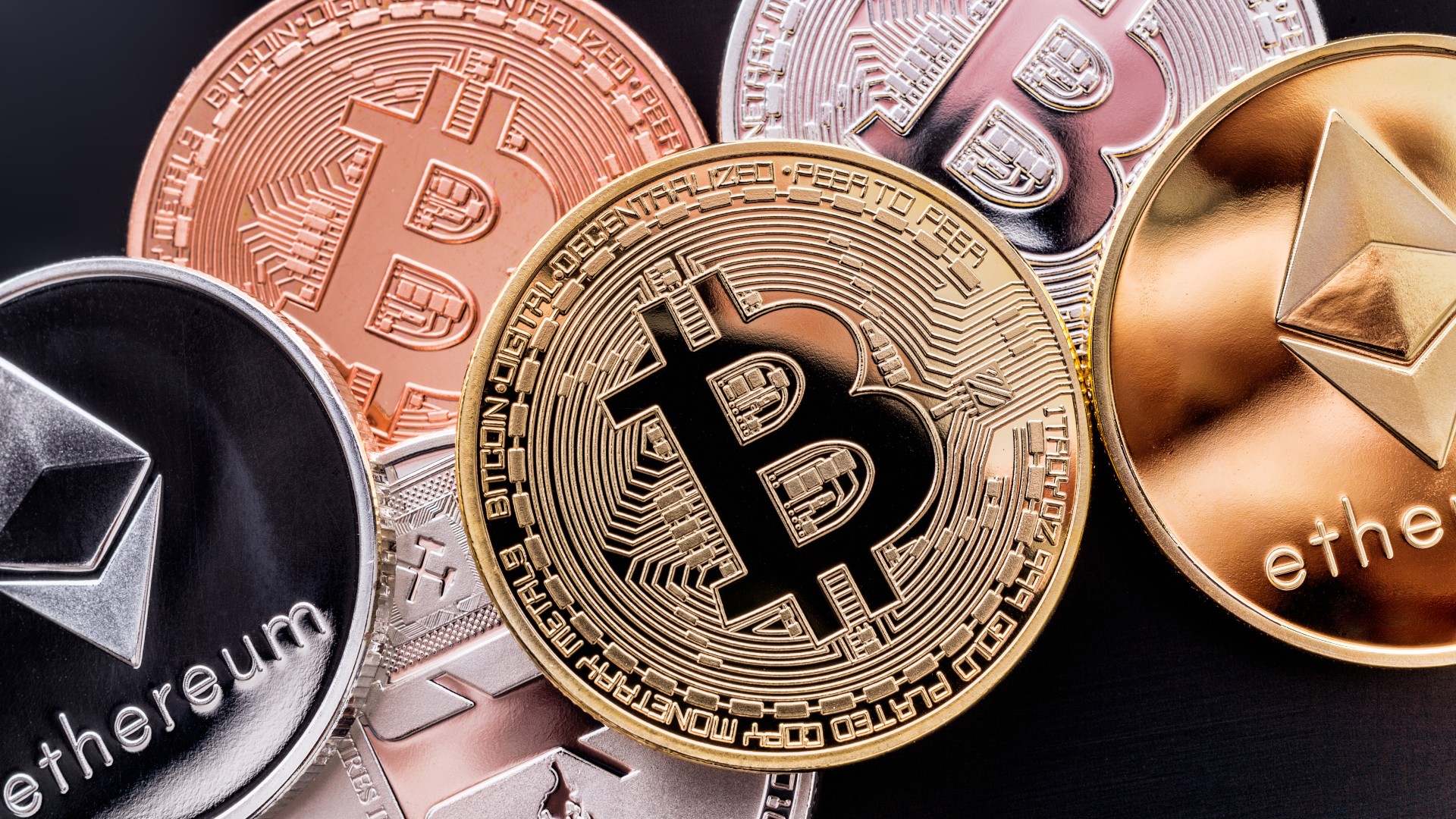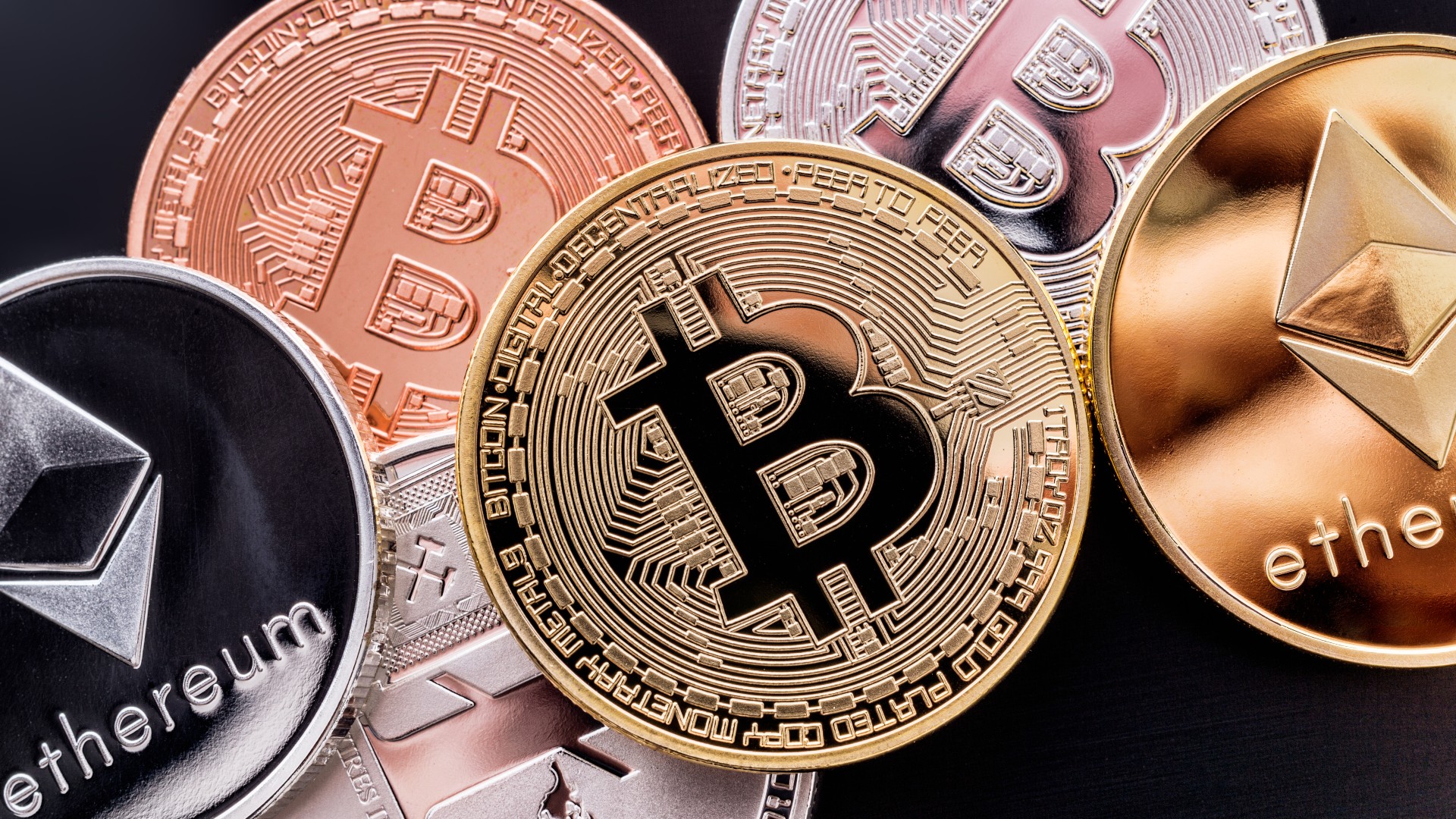The Road to Cryptocurrency, Instalment # 4
Published 9 July 2021
By Dr Peter J Phillips, Associate Professor (Finance & Banking) University of Southern Queensland


"You sign up as a customer, make a purchase, pay for it, and that’s all there is to it."
If you’ve been reading this crypto series so far, and presuming you’re not already a crypto expert, you will still have lots of questions. We haven’t even broached the subject of what cryptocurrency is. But, as will become clear soon, we have covered most of the concepts that we will need to understand its essence. Importantly, we have explored how the payments system has added innovations over time, from the use of cash (like our $50 note with a unique serial number printed on it), to credit cards to EFTPOS to BPay to digital wallets like PayPal. It was on the topic of digital wallets that we closed our previous instalment. If you have a digital wallet, with PayPal or another provider, you know that it’s just a matter of transferring cash into it. It comes from your bank account and its form is fiat currency. That is, an Australian with a PayPal account transfers Australian dollars out of their regular bank account and into their digital wallet.
Leaving aside the nature of crypto (i.e., don’t worry about what it is for now), where do you get it and how do you get it into a digital wallet?
It’s rather easy. Cryptocurrency can be purchased through an exchange. There are at least several exchanges. The world’s biggest one at the time of writing is Coinbase Global Inc. Coinbase is an American publicly owned company (you can buy shares in it if you like), listed on the NASDAQ and employing more than 1,000 people, though it doesn’t have a physical headquarters. The other popular exchange is Binance, based in the Cayman Islands. Interestingly, Binance has faced regulatory hurdles, including being banned in the United Kingdom in early 2021 due to noncompliance with money laundering laws.
You can also purchase cryptocurrency on other platforms, including Venmo and PayPal. If you buy through PayPal then, of course, the crypto goes into your PayPal digital wallet [you can’t do this in Australia at the time of writing]. There are some quirks that make this approach quite different to purchasing crypto through an exchange. We will leave these details for a later instalment.
Let’s say you choose to buy crypto through an exchange like Coinbase. Now you need a way to pay for it. Most of the usual payments methods that we’ve mentioned in this series can be used (i.e., transfers from your bank account, credit card, or PayPal). It’s like buying anything else. You sign up as a customer, make a purchase, pay for it, and that’s all there is to it. The transactions fees can be quite steep, and they vary according to the payment method you choose. Once your transaction is finalised, you now own whatever crypto you purchased. If you want to sell, you place a sell order.
When you set up an account with an exchange, you will normally be allocated a digital wallet, either with the exchange itself or with one of the exchange’s partners. You can leave the crypto in that wallet or you can shift it off the exchange and into a different digital wallet.
As you can see, it’s not as complicated as you might have thought. There is, however, something else to consider regarding your choice of crypto wallet that just doesn’t present itself as an option when you are dealing with a ‘traditional’ digital wallet like your PayPal wallet.
"If your crypto is in cold storage, it’s effectively impossible for a hacker to steal it."
When you buy crypto through an exchange, it goes into the digital wallet product provided for you by the exchange. Some people want to move their crypto out of this digital wallet into another digital wallet. One of the most common reasons behind this decision is security. Ultimately, the decision boils down to a choice between a ‘hot’ or a ‘cold’ wallet. A hot wallet is online, connected to the internet. A cold wallet is offline, ‘cold storage’, unconnected from the internet. If your crypto is in cold storage, it’s effectively impossible for a hacker to steal it.
The idea that you can shift your crypto into an offline wallet (these look kind of like a USB stick) gives us our first real insight into what cryptocurrency is. If you have Australian dollars in a digital wallet, you take it offline by transferring it to your bank account, you go down to the bank, withdraw the cash, and put it under your mattress. Let’s say you withdraw it in $50 notes. As we mentioned in a previous instalment, each note has a serial number. Each note is individually identifiable by this serial number.
"It’s like having a piece of paper with the serial number that we might exchange for $50 worth of goods one day, $40 the next, $100 the next, depending on how the market value fluctuates."
Cryptocurrency is essentially the serial number without the actual note issued by a government. Unlike the $50 note printed by the RBA, the value of one unit of cryptocurrency isn’t fixed. It varies with supply and demand. It’s like having a piece of paper with the serial number that we might exchange for $50 worth of goods one day, $40 the next, $100 the next, depending on how the market value fluctuates. Your online digital wallet stores the serial numbers connected with the cryptocurrency you have purchased. Those serial numbers represent unique units of cryptocurrency just like each $50 note has a unique serial number. You can take your serial numbers out of your online digital wallet and store them offline in a ‘cold’ wallet. Or you can just print them out. Now you have effectively created your own paper currency because whoever has the sheet of paper with those serial numbers has the cryptocurrency they represent.
Next time, we will explore how the ownership of these serial numbers is recorded and what happens when you buy or sell those serial numbers. For now, I think this the best way of thinking about crypto. That is, as a serial number that is worth something because people attach value to it. People are willing to exchange real goods (or fiat money that could be used to buy real goods) to purchase that serial number. The amount of value that they are willing to part with to obtain that serial number varies minute by minute. The biggest debate in the crypto world is whether this value will go up, remain the same, or go to zero.
Read other posts
Simple Maths, Long Term Damage
Are Share Prices Too Volatile?
If My Super Fund Performed Poorly, I’d Change… But I Don’t Remember It Performing Poorly
My Portfolio Might Be Up 10%, But that's A Loss!
Free Cash Flow: The Driver of Shareholder Value
Australia’s New Tech Index: A Local Version of the NASDAQ?
The Behavioural Economics of ‘Going on Tilt’
A Cup of Coffee and an Option Pricing Model
Yes Virginia, there is a Mortgage Tipping Point
How Universities Shape the Real World: The Case of Corporate Finance
Disinformation: Can is Sweep Investors off their Feet?
Hedge Funds, Satellites and Empty Carparks
The Battle for FinTech Supremacy: The Tech Titans Vs the Masters of the Universe
Algorithms in Finance? That's Nothing New
The Algorithm that finds the ‘Best’ Portfolio
Why you should study Finance and Economics in the 21st Century
From Chicago to New York: Futures Trading and Microwave Popcorn
Basketball, Fund Managers, and the Hot Hand
The French Connection in Finance Theory
The Road to Cryptocurrency, Instalment # 1
The Road to Cryptocurrency Instalment #2
The Road to Cryptocurrency Instalment #3
